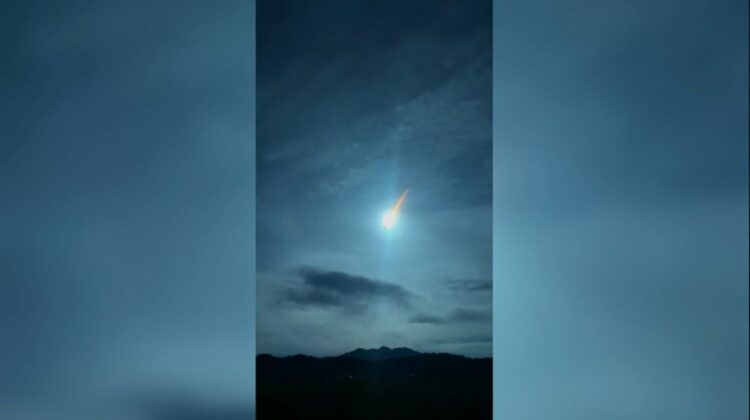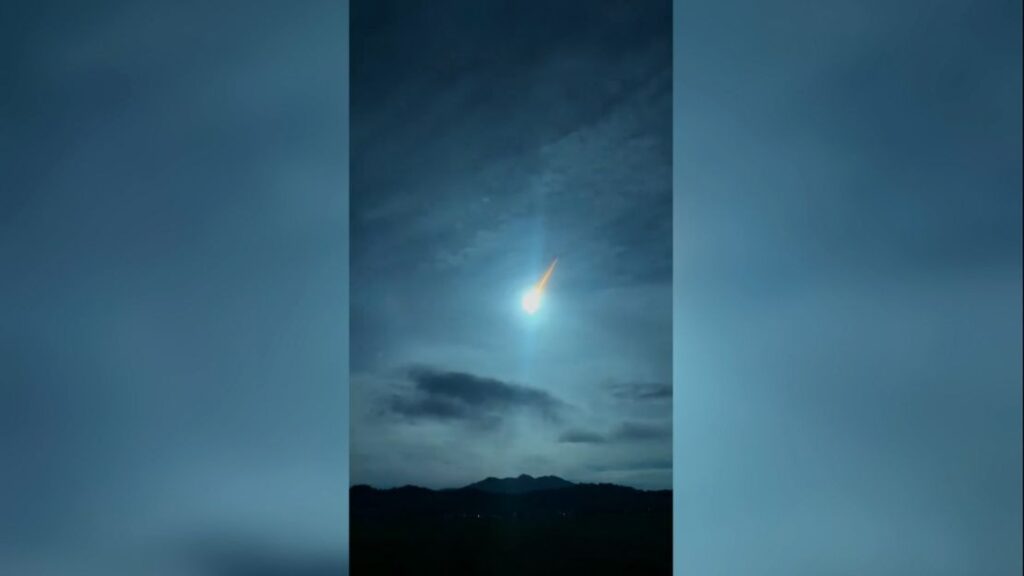
In a stunning display of nature’s power, a small meteorite streaked across the night sky over Luzon Island in the Philippines, illuminating the heavens with a fiery glow. This exceptional event was not only captivating but also scientifically significant, as it marked the ninth time in history that an asteroid’s impact has been predicted before it occurred.
The Celestial Show
The meteorite, estimated to be around 1 meter in diameter, entered Earth’s atmosphere at an astonishing speed of 20.8 kilometers per second. Its fiery descent was witnessed by countless people, who captured the breathtaking spectacle on camera. The object, identified as asteroid 2024 RW1, was first detected by astronomers just 11 hours before its impact. This early warning allowed for precise predictions of its trajectory and point of entry, making the event a rare opportunity for scientific observation.

A Growing Trend
Over the past decade, advancements in planetary protection have significantly enhanced our ability to identify and track potentially hazardous asteroids. By analyzing telescope data, algorithms can now accurately calculate impact probabilities, as demonstrated by the nine successful predictions to date. While all of these events have involved relatively small objects, they serve as a testament to the effectiveness of our early warning systems.

Lessons from the Past
The Chelyabinsk meteor, which exploded over Russia in 2013, remains a stark reminder of the potential dangers posed by extraterrestrial objects. Despite its larger size, the event highlighted the importance of early detection and timely response. By predicting potential impact zones, authorities can take proactive measures to minimize damage and protect human life.
The Future of Planetary Defense
The successful prediction and observation of the recent meteorite event underscore the progress made in planetary defense. As our technological capabilities continue to evolve, we can expect to become even more adept at identifying and mitigating potential threats from space. By maintaining constant vigilance and investing in advanced observatories, we can safeguard our planet from future celestial encounters.

Leave a Reply